Welcoming a cat into your home is an experience filled with joy, curiosity, and sometimes unexpected surprises. As these charming creatures settle into their new surroundings and form a bond with their new owners, they start exhibiting behaviors that can puzzle even the most prepared cat enthusiast. These behaviors, while intriguing, are often a testament to the deep connection forming between you and your feline friend. Let’s explore ten things cats do after they’ve bonded that new owners might not expect.
Sudden Affection Bursts
One of the delightful surprises for new cat owners is the sudden bursts of affection that cats shower upon their humans. While cats are often stereotyped as aloof, many owners find their cats unexpectedly curling up next to them or nudging them gently with their heads. This behavior is a sign of trust and affection, showing that your cat feels safe and loved. Cats may also start following you around the house, acting as a tiny shadow that craves your attention. These bursts of affection can come at random times – perhaps when you least expect it – and are a heartwarming reminder of the bond you share.
Vocal Serenades
Once a cat feels comfortable and bonded with its owner, it may start to vocalize more frequently. These vocalizations can range from soft purrs to loud meows, each carrying a different meaning. Some cats enjoy engaging in ‘conversations’ with their human companions, responding when spoken to and seemingly understanding the flow of dialogue. This vocal behavior can catch new owners off guard, especially if they expected their feline friend to be quiet. However, these vocal serenades are a sign that your cat is comfortable expressing itself and sees you as a part of its world.
Mysterious Gifts
Cats are known for their hunting instincts, and once they form a bond with their owner, they might start bringing you ‘gifts.’ These presents can range from toys to, more unexpectedly, small critters if your cat has access to the outdoors. While receiving a gift in the form of a mouse or bird might not be your idea of a pleasant surprise, it’s a token of your cat’s affection and a gesture of sharing its bounty with you. This behavior is deeply rooted in a cat’s instinctual habits and is a sign of trust and camaraderie.
Quirky Sleeping Habits
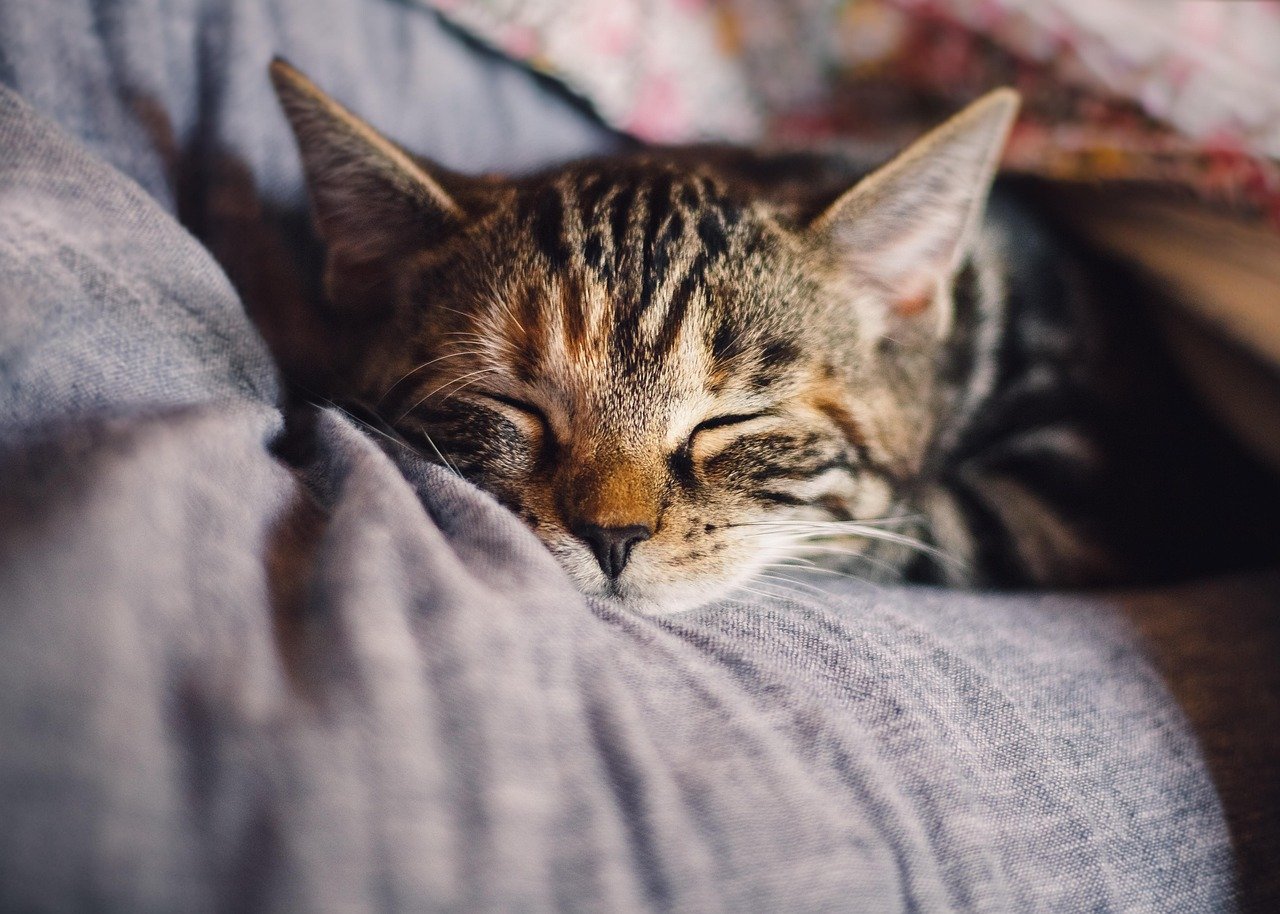
Owners are often amused by the peculiar sleeping habits that cats develop once they feel at home. A bonded cat will seek out the most unusual spots to nap, from the top of a bookshelf to the inside of a shoe. Some cats even enjoy snuggling into their owner’s clothing or curling up on their owner’s chest. These quirky sleeping choices are a testament to your cat’s comfort level and its desire to be close to you, even while resting. It’s a sweet reminder of the trust your cat places in you and the home you’ve provided.
Playful Antics
After forming a bond, cats often reveal their playful side, engaging in antics that might surprise new owners. You might find your cat chasing shadows, pouncing on invisible prey, or launching surprise attacks on your feet as you walk by. This playfulness is an expression of your cat’s joy and contentment within its environment. It’s also a way for your cat to involve you in its fun, inviting you to engage in games of chase or to wield a wand toy. These antics are a delightful sign of a happy, healthy cat that feels loved and secure.
Head Butts and Nose Bumps
A cat’s way of showing affection can sometimes be a bit unexpected for new owners, especially when it involves gentle head butts or nose bumps. This behavior, known as bunting, is a cat’s way of marking you with its scent, signaling that you are a part of its territory and, more importantly, part of its family. Head butts are often accompanied by purring, creating a symphony of affection that is both endearing and reassuring. This intimate gesture is a clear indication of trust and a unique way for your cat to communicate its feelings.
Intriguing Grooming Rituals
Once a cat considers you part of its inner circle, you might find yourself the recipient of its grooming rituals. Cats often groom each other as a sign of social bonding, and when your cat starts licking you, it’s a declaration of affection. While the sensation might be unusual, it’s a profound gesture of trust and acceptance into your cat’s world. These grooming sessions can be sporadic and might occur when your cat is feeling particularly affectionate or relaxed. It’s a gentle reminder that in your cat’s eyes, you are family.
Curious Surveillance
A bonded cat often becomes your personal shadow, keeping a close eye on your activities. This curious surveillance can be both endearing and surprising, as your cat might watch you intently while you’re cooking, working, or even brushing your teeth. This behavior stems from a cat’s natural curiosity and its desire to be involved in your life. It also signifies a level of comfort and attachment, as your cat chooses to spend its time observing and learning from you. This companionship is a testament to the strong bond you share.
Unique Communication Signals
Cats are masters of non-verbal communication, and once bonded, they develop unique signals to convey their needs and feelings. You might notice your cat blinking slowly at you, a gesture often referred to as a ‘cat kiss,’ indicating affection and trust. Your cat may also employ tail movements, ear twitches, and body postures to communicate. Understanding these signals can deepen your connection and help you respond to your cat’s needs more effectively. This silent language is a fascinating aspect of your relationship, offering insight into your cat’s inner world.
Unexpected Loyalty
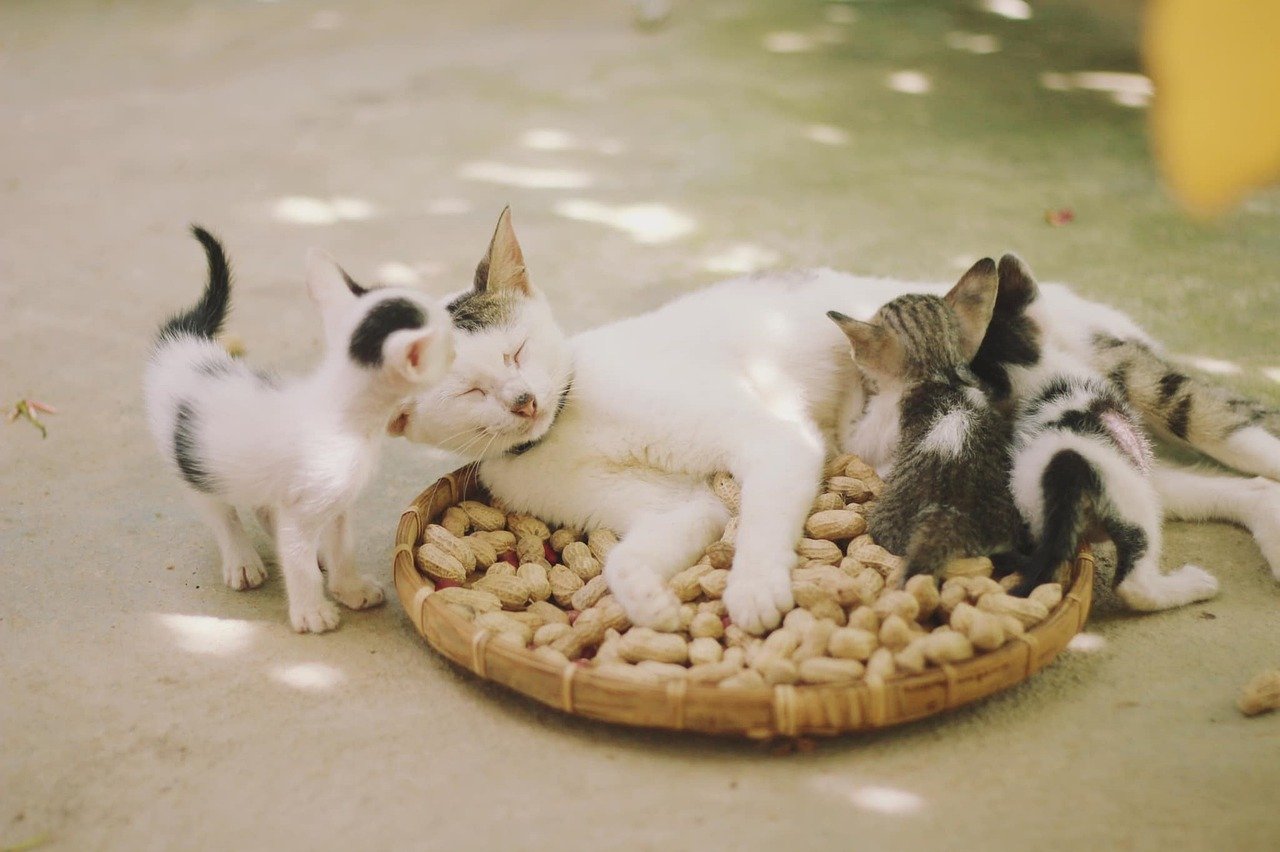
While dogs are often lauded for their loyalty, bonded cats exhibit their own version of this trait, sometimes surprising new owners. Your cat might start waiting by the door for you to come home, greeting you with a joyful meow or a gentle rub against your legs. This display of loyalty can be unexpected, especially if you assumed cats were more independent. However, it’s a heartwarming reminder that your cat values your presence and misses you when you’re gone. This loyalty is a profound expression of the bond that has developed between you.
Personal Space Invasion
Once your cat feels bonded, it may become more comfortable invading your personal space. You might find your feline friend sitting on your keyboard while you’re working, or snuggling up against you on the couch. This behavior is a sign of comfort and trust, as your cat seeks to be close to you and share in your warmth. While it might be inconvenient at times, it’s a testament to the affection your cat feels for you. This invasion of personal space is a unique way for your cat to express its love and desire to be near you.
Unanticipated Jealousy
Cats can develop a sense of jealousy once they’ve bonded with their owner, which can be an unexpected discovery for new owners. You might notice your cat becoming possessive of your attention, especially when you’re interacting with other pets or people. This jealousy can manifest in subtle ways, such as nudging your hand for pets or positioning themselves between you and the source of their jealousy. While it might seem surprising, it’s a sign of how much your cat values your presence and attention. Understanding this behavior can help you reassure your cat without encouraging possessiveness.
Peculiar Eating Habits
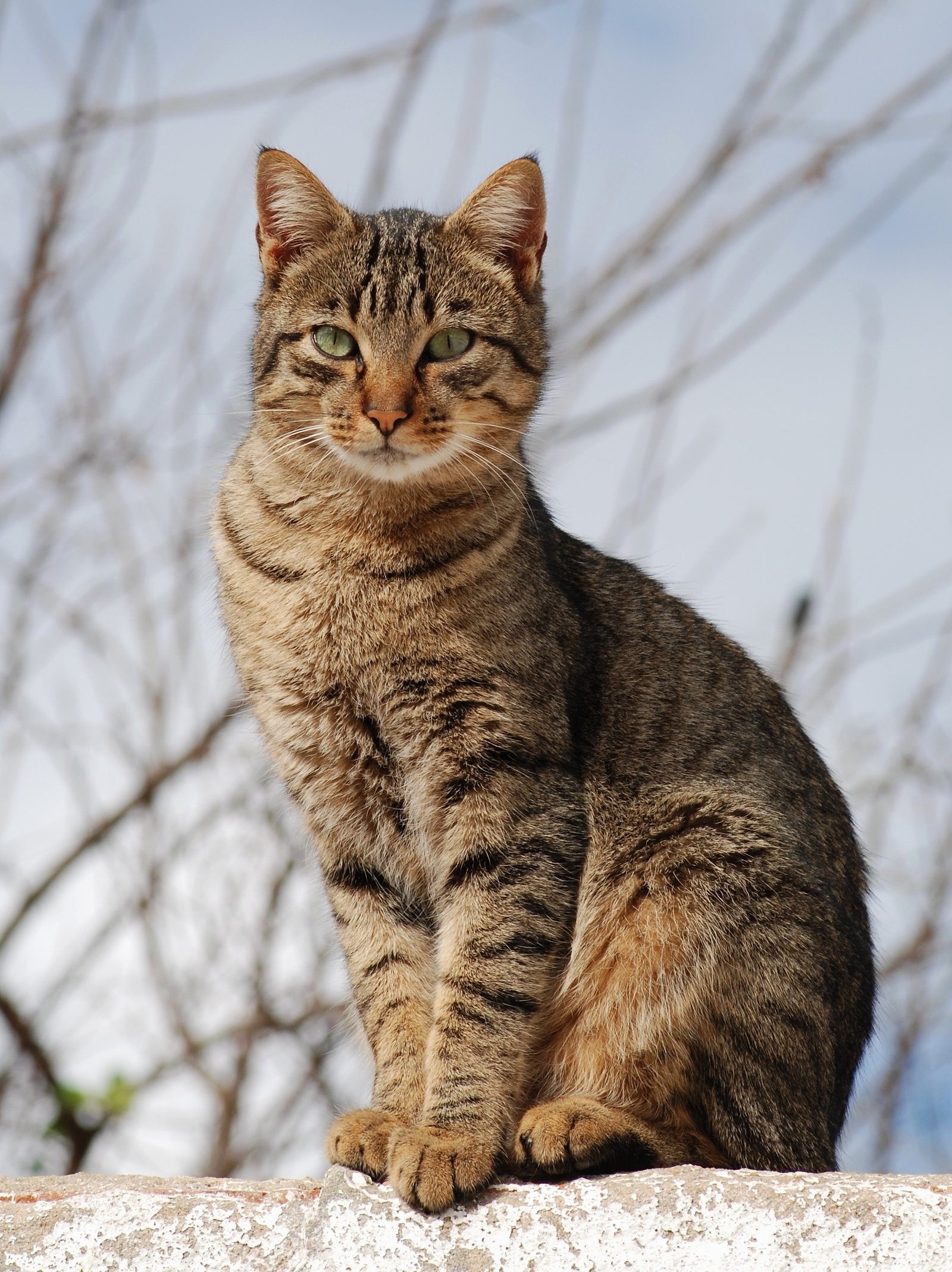
After bonding, some cats develop peculiar eating habits that can catch owners off guard. You might find your cat becoming more selective with its food or developing a preference for eating only when you’re nearby. This behavior is often a sign of trust and a desire for companionship during meal times. Cats are social eaters, and your presence can make them feel more secure. While it might require adjustments in your routine, these eating habits are a reflection of the bond you share and your cat’s comfort in your presence.
Increased Curiosity
A bonded cat often becomes more curious and adventurous within its environment. You might notice your cat exploring new areas of the house, investigating unfamiliar objects, or showing interest in activities it previously ignored. This increased curiosity is a sign of confidence and comfort in its surroundings. It also indicates that your cat feels secure in your home, allowing it to explore and engage with its environment more freely. Encouraging this curiosity can strengthen your bond and provide your cat with mental stimulation.
Protective Instincts
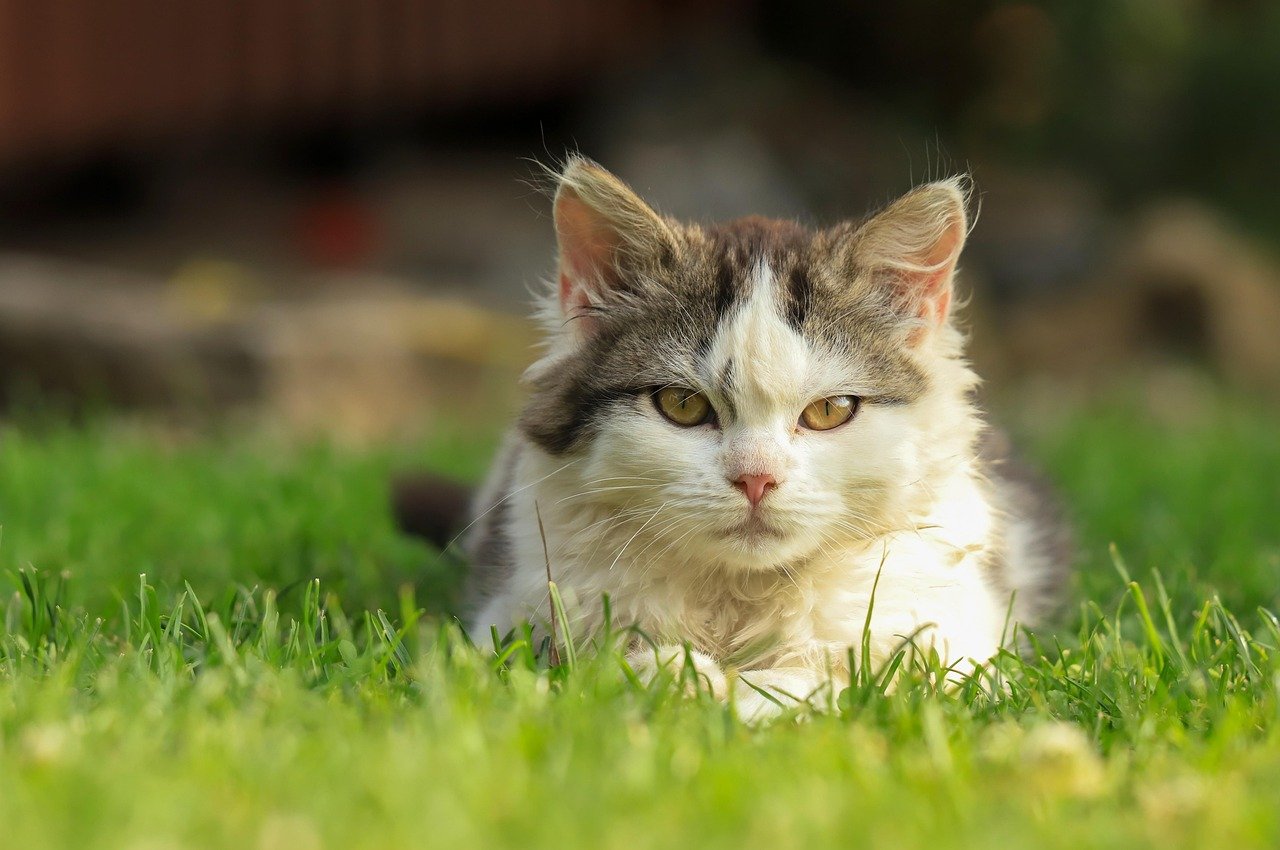
New cat owners might be surprised to discover their feline friend’s protective instincts after bonding. While cats are not known for guarding like dogs, they can become protective in their own way. Your cat might position itself between you and perceived threats, or show signs of distress when strangers enter the home. This protective behavior is a testament to the bond you share and your cat’s desire to keep you safe. It’s a unique aspect of your relationship that highlights the depth of your cat’s affection and loyalty.
Playful Nipping
Once bonded, some cats exhibit playful nipping as a form of interaction. While these gentle bites might be unexpected, they are usually a sign of affection and playfulness. Cats often engage in play fighting with their littermates, and nipping can be a way to involve you in this type of interaction. It’s important to understand the context of these nips and respond appropriately, reinforcing gentle play. This behavior is a reminder of your cat’s playful nature and its comfort in expressing affection through playful gestures.
Comforting Purring
Purring is one of the most recognizable and comforting sounds a cat can make, and it often becomes more frequent once a bond is established. This soothing sound is not only a sign of contentment but also a form of communication that indicates your cat feels safe and happy. You might notice your cat purring more when it’s near you or when you pet it. This behavior is a heartwarming reminder of the trust your cat places in you and the joy it finds in your presence. Purring is a simple yet profound expression of your cat’s affection.
Tail Twirls
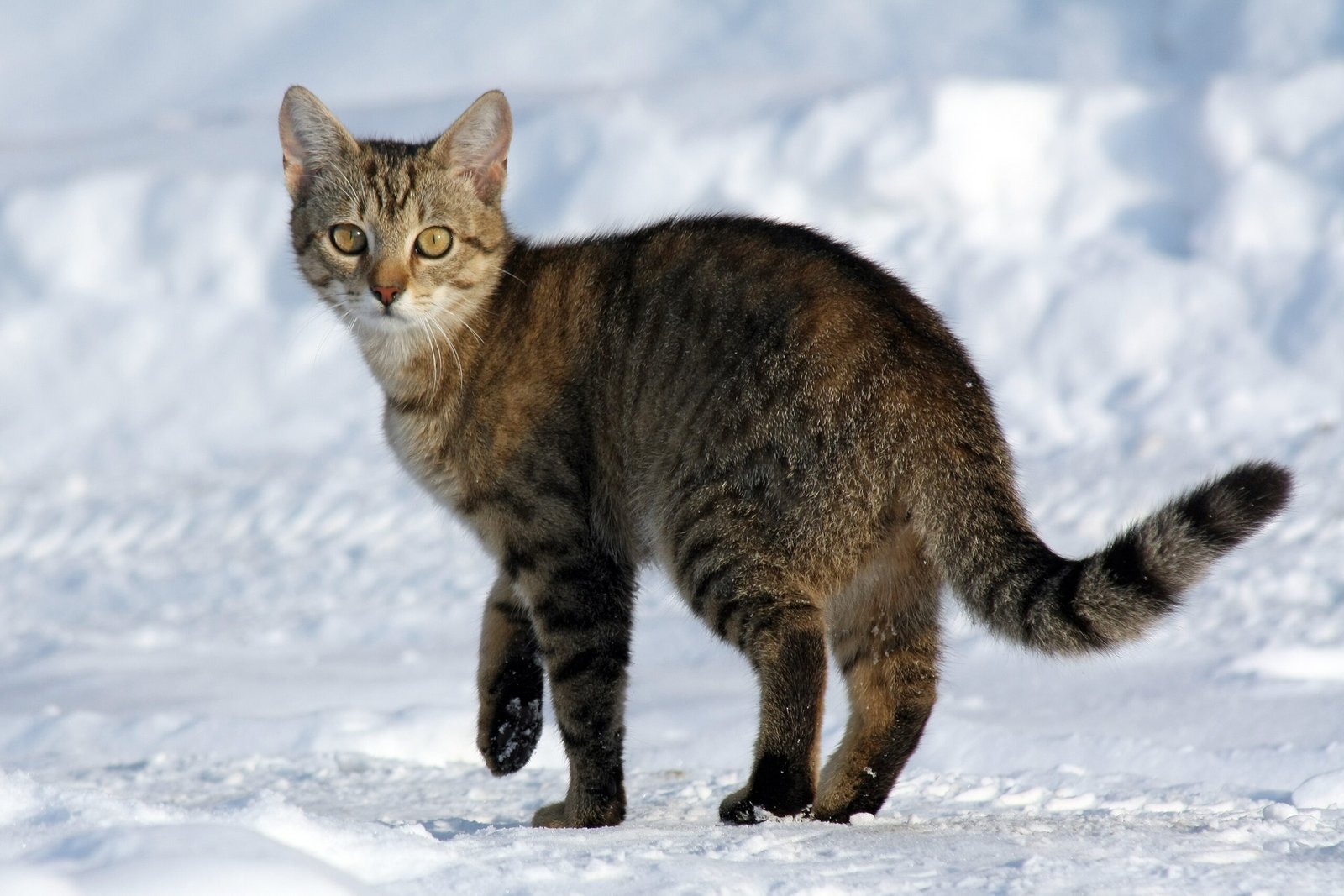
Once bonded, your cat might use its tail to communicate affection and excitement. Tail twirls, where your cat wraps its tail around your leg or arm, are a form of physical contact that signals comfort and attachment. This behavior can be likened to a gentle hug or handshake, indicating your cat’s desire to connect with you. Tail twirls are a subtle yet meaningful gesture that reflects the bond you share and your cat’s appreciation for your companionship. It’s a delightful way for your cat to express its affection without words.
Feline Body Language
Understanding feline body language is key to recognizing the bond between you and your cat. Once bonded, your cat’s body language might change to include more relaxed postures, such as lying on its back or exposing its belly. These vulnerable positions indicate trust and security in your presence. Additionally, your cat might engage in behaviors like kneading, where it rhythmically presses its paws against you, a comforting gesture reminiscent of kittenhood. Recognizing these cues can enhance your connection and help you respond to your cat’s needs more effectively.
Emotional Sensitivity
A bonded cat can become attuned to your emotions, often surprising new owners with its sensitivity. You might notice your cat offering comfort when you’re upset, cuddling closer during stressful times, or simply being present when you need it most. This emotional sensitivity is a testament to the deep bond you share, as your cat responds to your feelings and offers companionship. Understanding this aspect of your relationship can deepen your connection and provide you with a source of comfort and support from your feline friend.
In conclusion, the behaviors cats exhibit after bonding are a testament to the unique and profound connection they form with their owners. Each quirky habit, affectionate gesture, and protective instinct showcases the depth of their loyalty and love. As a new cat owner, embracing these unexpected surprises can lead to a rewarding and enriching relationship with your feline companion.
Hi, I’m Bola, a passionate writer and creative strategist with a knack for crafting compelling content that educates, inspires, and connects. Over the years, I’ve honed my skills across various writing fields, including content creation, copywriting, online course development, and video scriptwriting.
When I’m not at my desk, you’ll find me exploring new ideas, reading books, or brainstorming creative ways to solve challenges. I believe that words have the power to transform, and I’m here to help you leverage that power for success.
Thanks for stopping by, Keep coming to this website to checkout new articles form me. You’d always love it!






